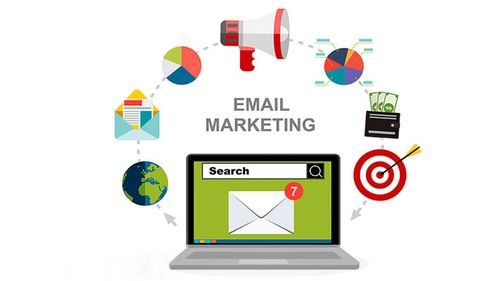Email remains a formidable tool in the arsenal of modern businesses. It's direct, personal, and has a proven track record of converting readers into clients. But the efficacy of this channel relies heavily on the authenticity of the email addresses you have. Enter: Email Verification.
Decoding Email Verification
Email Verification is akin to a digital litmus test for email addresses. It deciphers the legitimacy, accessibility, and accuracy of an email address. This ensures that your well-crafted email doesn't just shoot off into the abyss, but lands confidently in a legitimate inbox, keeping spam flags at bay.
Why Should Emails Be Verified?
Boosted Deliverability: Eliminating bogus or dormant addresses increases the chances of your email finding its intended recipient.
Preserved Sender Reputation: ISPs keep a watchful eye. Too many invalid emails can blemish your reputation, pushing your future emails into the dreaded spam zone.
Resource Optimization: Weeding out invalid emails manually is a Sisyphean task. Automation through an email verifier allows your team to concentrate on strategy and outreach.
Brand Visibility: Better deliverability equals increased brand exposure.
Increased Traffic: The more authentic eyeballs on your email, the higher the potential of click-throughs to your site.
Understanding Email Bounces
Emails can bounce back for myriad reasons. These bounces can be categorized into:
Soft Bounces: These are temporary setbacks. Maybe the recipient's mailbox is overflowing, the server is having an off day, or your email is a tad too chunky. Soft bounces warrant monitoring, and if an email address repeatedly soft bounces, it might be time for some scrutiny.
Hard Bounces: The dreaded permanent bounce. Be it a non-existent email address, an extinct domain, or an outright blockage from the server, hard bounces are a red flag. They signal that it's time to axe that address from your list, lest it jeopardizes your sender reputation.
The Email Verification Drill
Think of email verifiers as the guardians of your email list. Their algorithmic prowess ensures you're left with a pristine list.
Here's a peek into their modus operandi:
Syntax Sweep: Does the email look like an email? Is there an "@" and a proper domain? Basic, yet crucial.
Domain Detective: Does the domain exist and is it functional? A non-working domain is a clear red flag.
MX Record Recon: Email verifiers ensure that the domain's DNS settings, crucial for email routing, are in place and operational.
Catch-all Catcher: Catch-all domains accept all emails, but whether it reaches the right person is a gamble. High-risk for focused campaigns.
SMTP Handshake: By dialoguing with the email server (without actually sending an email), verifiers ensure the email address truly exists.
Freemail Finder: Identifying addresses from free email providers can help gauge the potential engagement of the subscriber.
Elevating Your Email Strategy
With a grasp on the monumental role of email verification, it's clear it's not just a 'good-to-have', but an imperative.
Steps Forward:
Audit Your Email Arsenal: Scan for obsolete or dubious email addresses and refresh accordingly.
Embrace Email Verification Tech: Tools abound in the market. Opt for one that aligns with your needs.
Real-time Verification: Implement verification during data capture – sign-ups, registrations, or checkouts.
Routine Cleansing: Periodically sanitize your email list to ensure its efficacy isn't dulled over time.
Harness the power of email verification to fortify your email strategy, ensuring every email counts, every message lands, and every campaign resonates.



